Carnegie magazine - Carnegie Museums of Pittsburgh (original) (raw)
The Dinosaur that Changed the World
Dippy continues to fascinate the public 125 years after it arrived at Carnegie Museum of Natural History.
Featured Stories
Everybody’s welcome on this dance floor
Now more than ever, The Andy Warhol Museum’s annual LGBTQ+ Youth Prom provides a space of connection and community.
Story by Nichole Faina; Photos by Stephanie Strasburg
A Living Archive
A new gallery reinstallation at Carnegie Museum of Art will give visitors unprecedented access to the Charles ‘Teenie’ Harris Archive.
By B. Denise Hawkins
A Feminine Force
Women and femmes, integral in the making of Andy Warhol, take center stage.
By Cristina Rouvalis
A Knotty Conversation
Botanists at Carnegie Museum of Natural History are researching new ways to discuss invasive plants.
By Chris Fleisher
The STEM of Animation
The new Pixar exhibition at Carnegie Science Center offers insights into how the animation studio created some of its most iconic films.
By Barbara Klein
A Martian Garden Comes Alive
Edible plants grown as part of the Science Center’s Mars exhibition inspire ideas for sustainably producing healthy food in challenging environments.
By Sally Quinn
Current Issue
Receive more stories
in your email
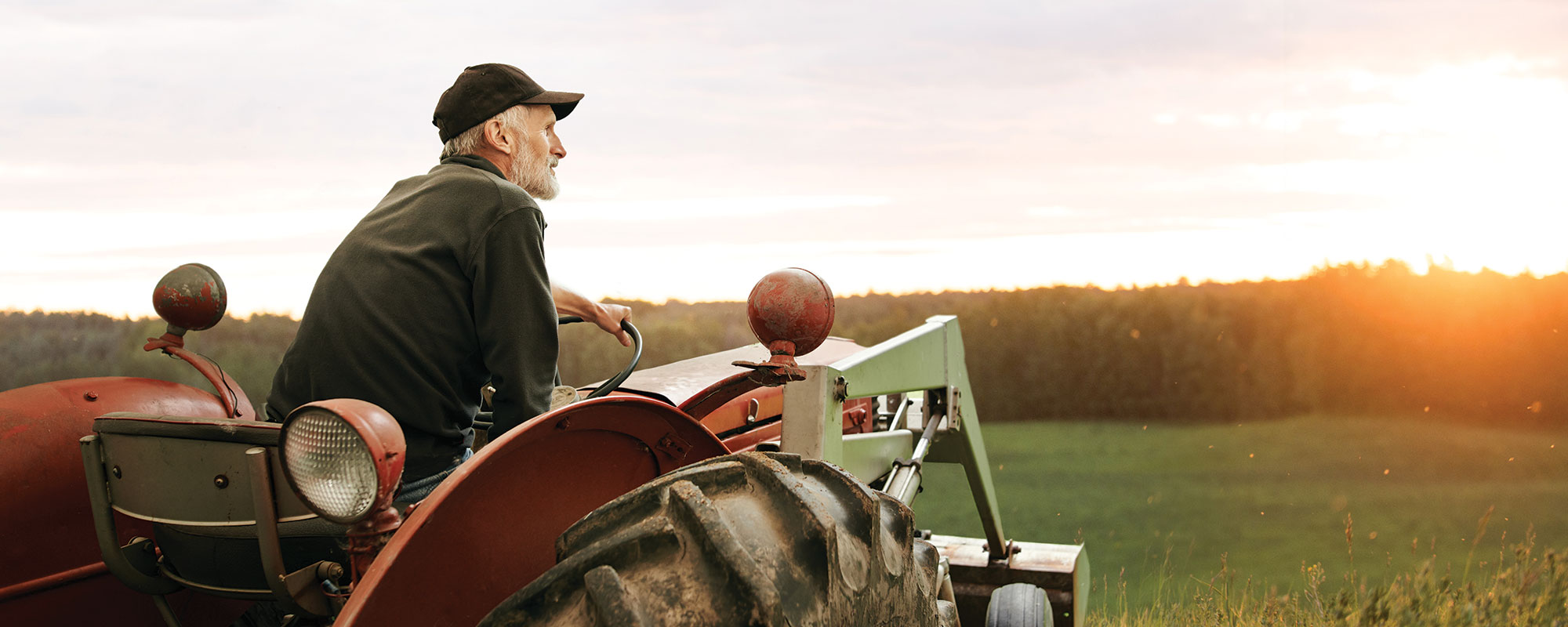 “We’re living the climate change right now.”
“We’re living the climate change right now.”
Rural communities in western Pennsylvania are suffering the effects of increasingly extreme weather and other consequences of a warming world. Carnegie Museum of Natural History hopes to help connect those seeking solutions.
By Jason Bittel
A new exhibition puts a spotlight on photographer Gordon Parks’ little-known images—at once gritty and beautiful—of industrial life in 1940s Pittsburgh.
By Jennifer Davis
A lifeline for museums during the COVID lockdown, social media is becoming even more essential to reaching new audiences now.
By Barbara Klein
The Section of Amphibians and Reptiles at Carnegie Museum of Natural History boasts an impressive collection of 252,107 specimens, most of which is housed in The Alcohol House. Built in 1907, the historic three-story Alcohol House was once described as “a three-way hybrid between a pickle warehouse, a reference library, and a mail-order establishment.” It is named for the 70 percent ethanol alcohol that collection managers use to preserve specimens and prevent degradation and the formation of bacteria.
Face Time
Lisa Haney was in the seventh grade when her fascination with ancient Egypt began. She had a world history teacher who made it come alive through creative assignments, including one in which they mummified Cornish hens from the grocery store. Haney even created a shoebox diorama of Egyptian pharaoh Tutankhamun’s tomb. “One of the main reasons I wanted to work in a museum is to be able to touch all the things that are in the museum,” says Haney. Now, Haney is living her childhood dream as the Egyptologist and curator of Carnegie Museum of Natural History’s upcoming Egypt on the Nile exhibition. Since joining the museum in 2020, Haney has led a multiphase reimagining of the museum’s Egypt gallery that includes conservation of the 4,000-year-old Dahshur boat and ongoing work that visitors can view in the temporary exhibition The Stories We Keep: Conserving Objects From Ancient Egypt.
Conservators play a critical role in not only the preservation of art but also its creation. They are partners with artists to realize their vision, even as they are stewards of it and the museum where it will be exhibited.

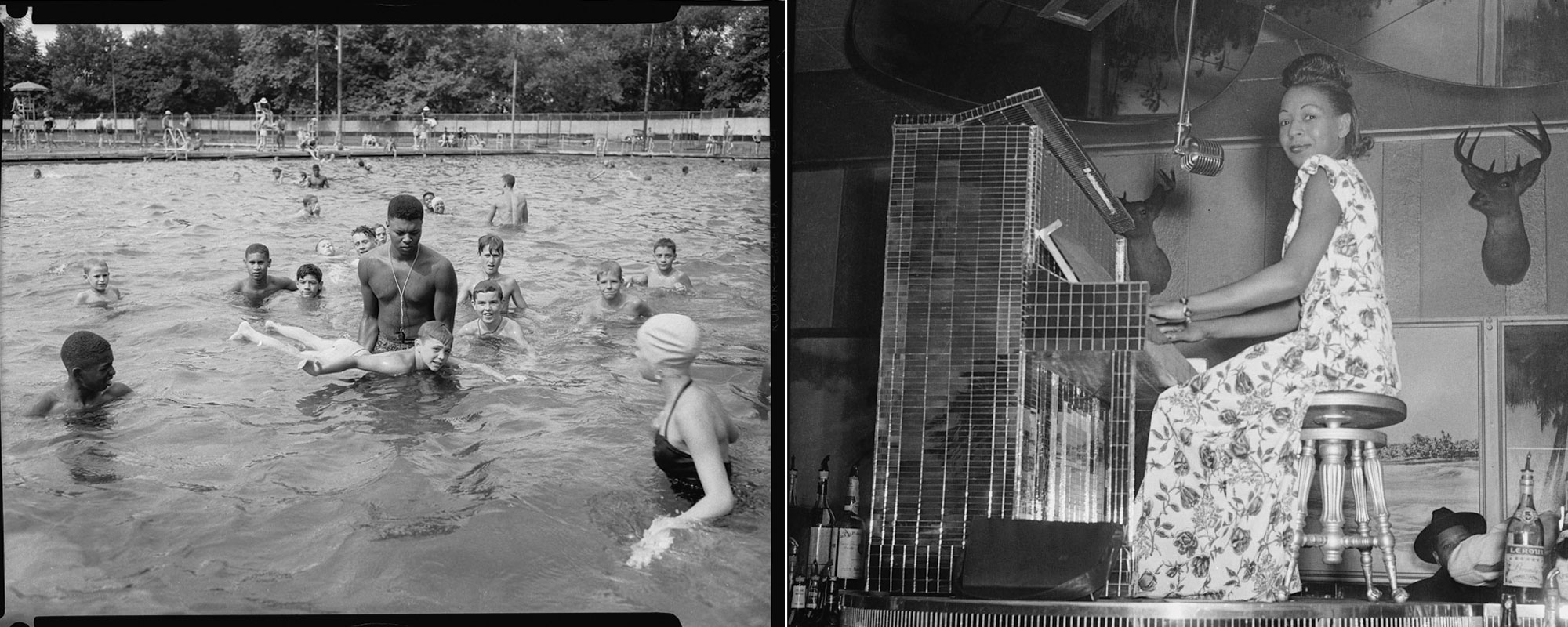


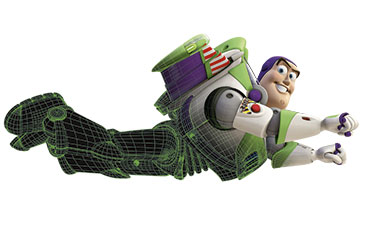
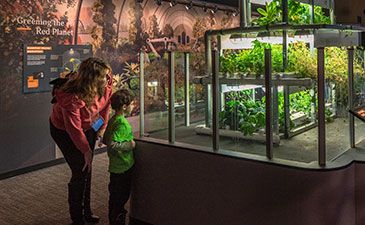

 A Maverick with a Camera
A Maverick with a Camera 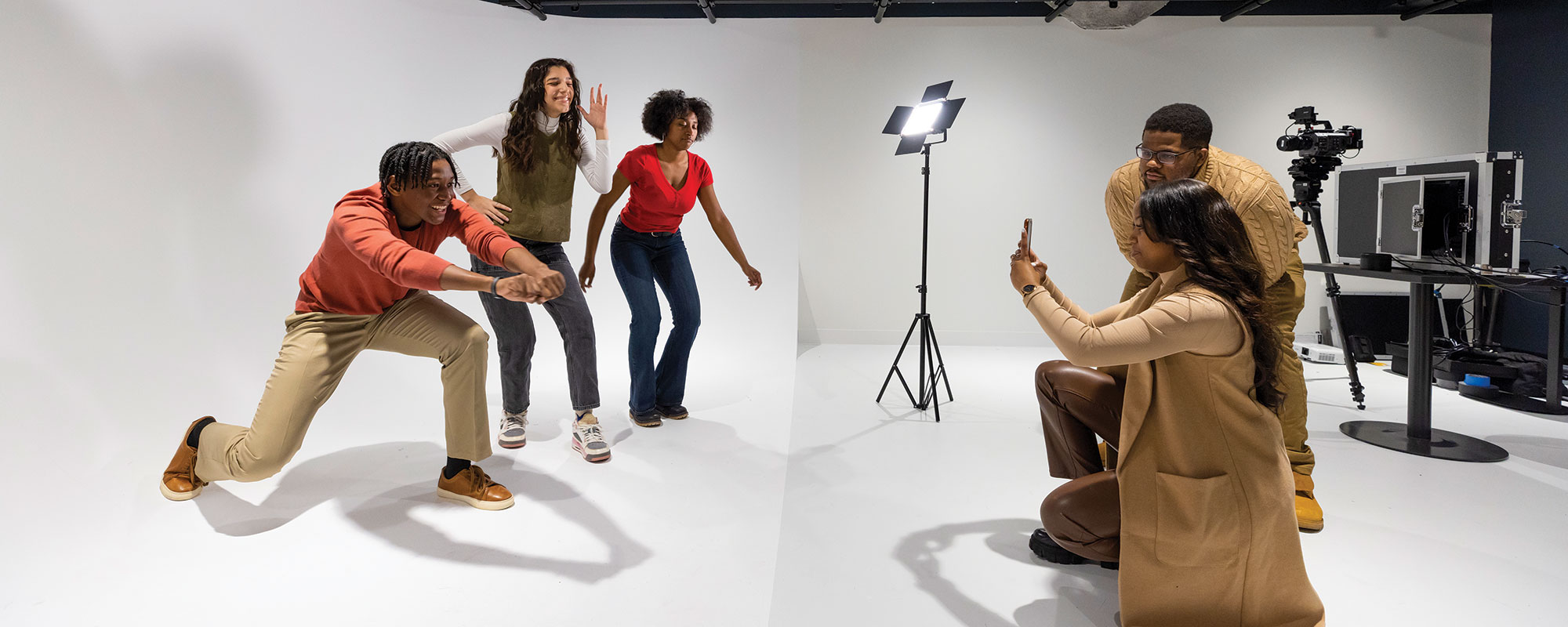 Being Social
Being Social  Lisa Haney
Lisa Haney